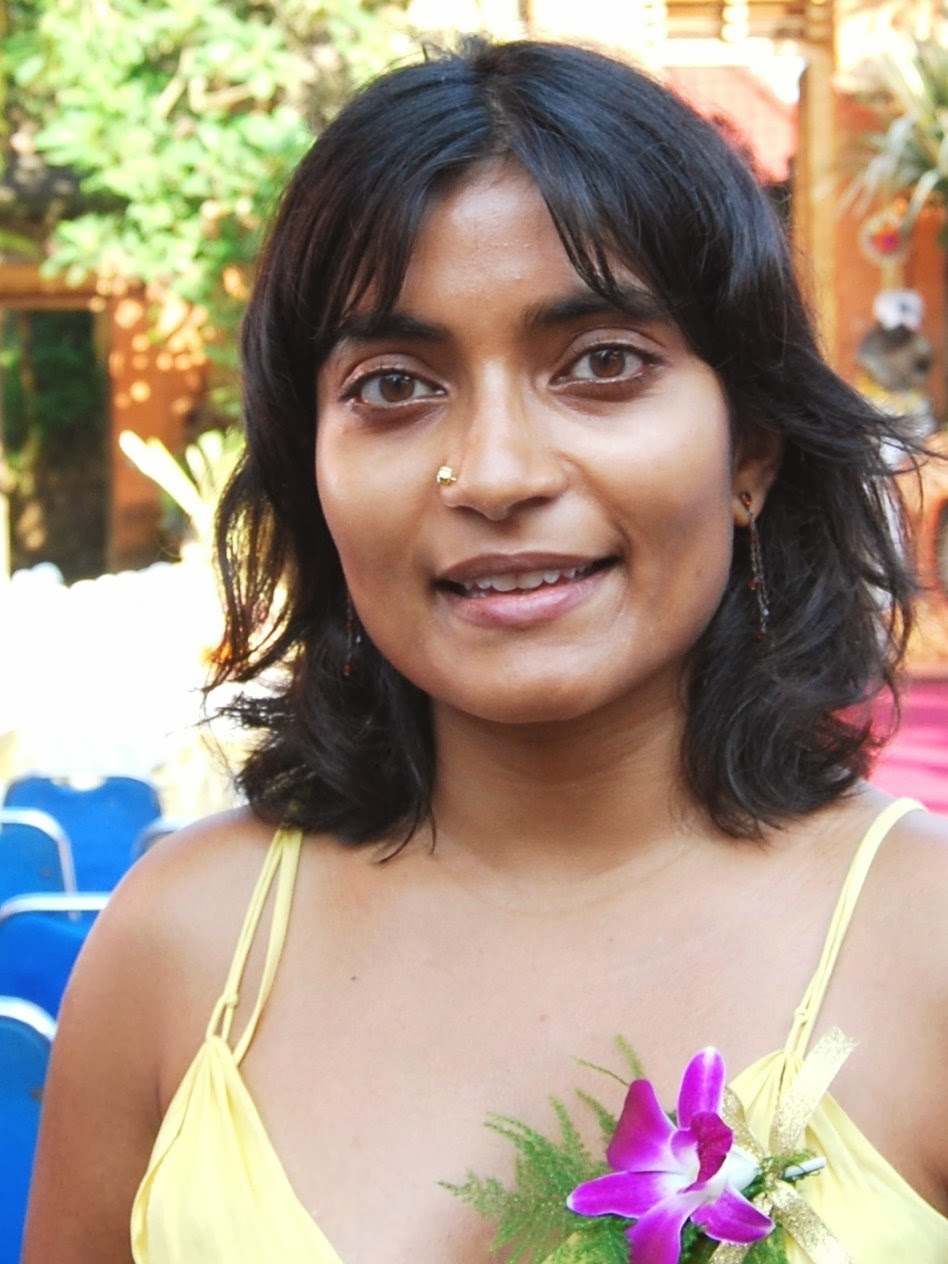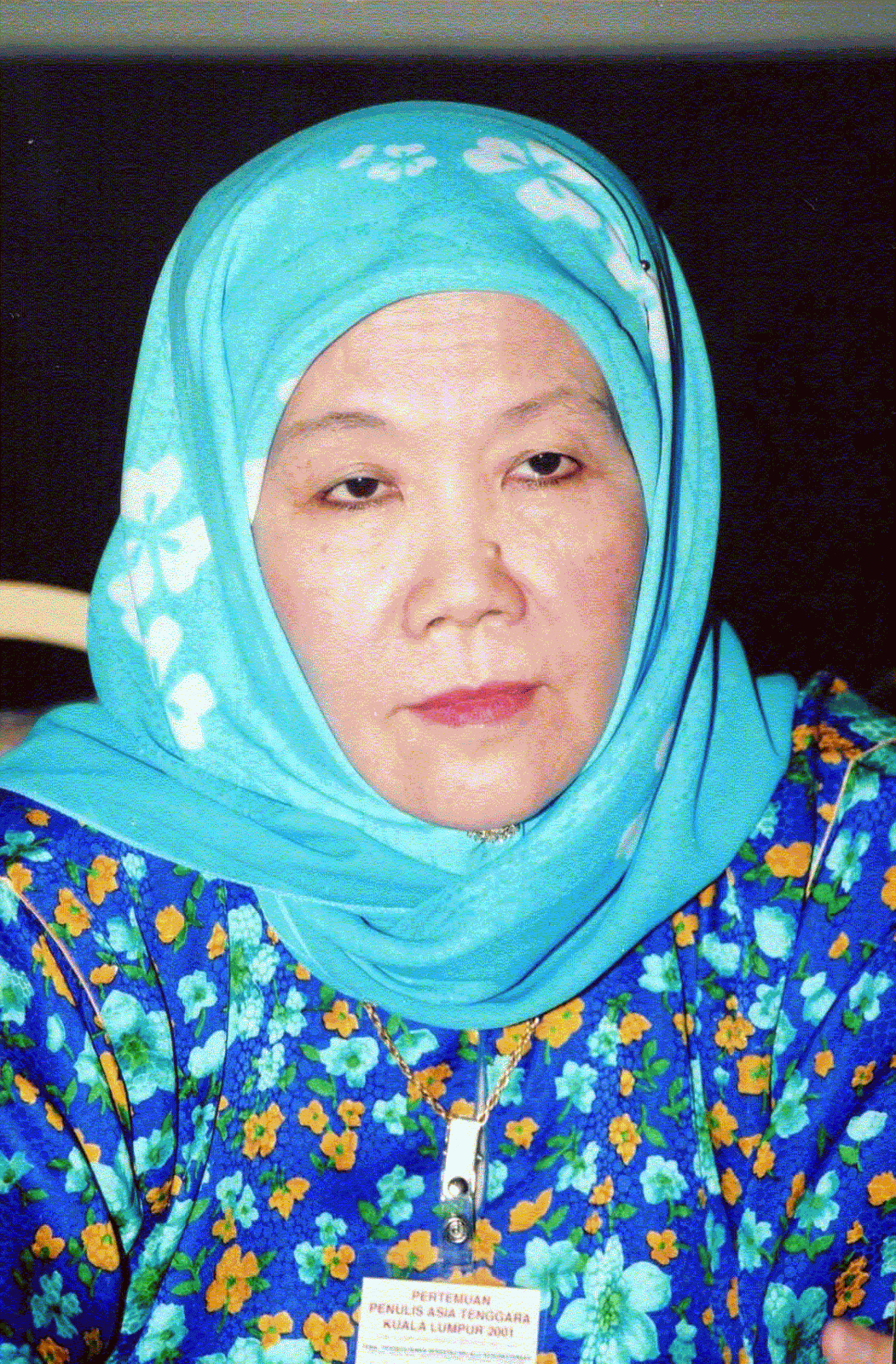Lloyd Fernando: As Told by the Wife
Lloyd Fernando was a Malaysian writer and author at the University of Malaya. He was born in Sri Lanka in 1926. In 1938, he and his family moved to Singapore. According to his wife, Marie Fernando, Lloyd had his education at the University of Malaya in Singapore and upon graduation, he taught at the Politechnic in Singapore for a short time. He then joined the University of Malaya in Kuala Lumpur in 1960 as an assistant lecturer. He got a scholarship for an MA at Leeds University, United Kingdom which turned into PhD. He came back and after that he was appointed as a professor at the English Department of the University of Malaya. In 1978, after he had retired (aged 56), he went to England and studied law at City University and then at Middle Temple. He joined a firm and started his own practice until he had a stroke in December 1997.
Source:
Pauline, T. Newton. "Lloyd Fernando's Circle: An Interviw with Marie Fernando, Wife of Lloyd Fernando." Asiatic 2.2 (December 2008): 101-110. International Islamic University Malaysia. Web. 28 March 2014.
Lloyd Fernando's Literary Works
In 1976, his novel the 'Scorpion Orchid' was published. 'Cultures in Conflict' was Fernando's essays collection which was published In 1986. Previously, he became an editor for "Twenty-two Malaysian Stories: An Anthology of Writing in English" with his article 'New Women in the Late Victorian Novel", in 1977. "Green is the Colour" is his second novel which was published in 1993. A collection of Fernando's essays entitled "Fernando: A Celebration of His Life" was compiled by his wife, Marie and published after his death in 2004.
Source:
www.wikipedia.com
The Summary of "Scorpion Orchid"
This is among the Malaysian novels to address race as the major social challenging issue in Malaysia and Singapore. As Fernando states, "I believe no Malaysian writer can claim to be writing with truth if he does not carry, woven into his fiction, the reality of relationships between the races, and its unavoidable undertow of threatened violence.”
The novel is set in 1950’s Singapore where a time of racial tension and nationalistic was uprising. The themes are about national birth and the anxieties present regarding racial conflict and ethnic self interest.
As an exciting first novel set in preindependence Singapore, "Scorpion Orchid" follows the lives of four young men: a Malay, an Eurasian, a Chinese
& a Tamil against a backdrop of racial violence and political factions struggling for dominance. Excerpts from classical Malay and colonial English sources appear throughout the narrative, illuminating the roots and significance of this period in history.
In this novel, we can see that the text is a metaphor for growth of a new nation. The four young men gain a new awareness of their ethnic identities as the negotiate the race riots that destroy their complacent sense of camaraderie. The new awareness is central to their transition from adolescence to adult life. This novel also represents the Malayan society and the transition between former tolerance and present assertiveness.
"Scorpion Orchid" generally preserves an allegorical distance between the personal and the political in both countries, Malaysia and Singapore. The personal and the political develop along parallel lines and mirror one another, and when they do intersect they remain clearly defined.
There are four main characters in the novel: Santi, a Tamil Indian, Sabran, a Malay, Guan Kheng, a Chinese, and Peter, a Eurasian. Santinathan, refuses to observe conventions of university life, gets expelled ends up as village schoolteacher. Sabran, involved in politics, gets arrested and his future prospects somewhat set back considerably. He reflects on his family in the kampung (village) that has sacrificed for his education and which exerts a strong emotional pull on him, but is in no position to offer him either comfort or advice. Guan Kheng, comes from wealthy family, feels betrayed by the Malays who suddenly consider him a foreigner. Peter D’Almeida is confused about his identity, loses faith in ‘new’ Singapore, emigrates to England after he is beaten up in a riot (comes back at the end). Another character, Sally which is uncertain ethnic background and origin, works at a hawker stall, part time prostitute, has an ambiguous relationship with all four men involving sex, money and love, although they pay her for sex she is treated as a friend.
Source:
The Summary of "Green is the Colour"
Lloyd Fernando's "Green is the Colour" displayes the moment when the country is still scarred by violence, groups roam the countryside, religious extremists set up camp in the hinterland, there are still sporadic outbreaks of fighting in the city, and everyone, all the time, is conscious of being watched. It comes as some surprise to find that the story is actually a contemporary (and very clever) reworking of a an episode from the Misa Melayu, an 18th century classic written by Raja Chulan.
In this climate of unease, Fernando employs a multi-racial cast of characters. At the centre of the novel there's a core of four main characters, good (if idealistic) young people who cross the racial divide to become friends, and even fall in love.
Dahlan, a young lawyer and activist who invites trouble by making impassioned speech on the subject of religious intolerance on the steps of a Malacca church; his friend from university day, Yun Ming, a civil servant working for the Ministry of Unity who seeks justice by working from within the government.
The most fully realised character of the novel is Siti Sara, and much of the story is told from her viewpoint. A sociologist and academic, she's newly returned from studies in America where she found life much more straightforward, and trapped in a loveless marriage to Omar, a young man much influenced by the Iranian revolution who seeks purification by joining religious commune. The hungry passion between Yun Ming and Siti - almost bordering on violence at times and breaking both social and religious taboos - is very well depicted. (Dahlan falls in love with Gita, Sara's friend and colleague, and by the end of the novel has made an honest woman of her.)
Like the others, Sara is struggling to make sense of events :"Nobody could get may sixty-nine right, she thought. It was hopeless to pretend you could be objective about it. speaking even to someone close to you, you were careful for fear the person might unwittingly quote you to others. if a third person was present, it was worse, you spoke for the other person's benefit. If he was Malay you spoke one way, Chinese another, Indian another. even if he wasn't listening. in the end the spun tissue, like an unsightly scab, became your vision of what happened; the wound beneath continued to run pus."
Although the novel is narrated from a third person viewpoint, it is curious that just one chapter is narrated by Sara's father, one of the minor characters, an elderly village imam and a man of great compassion and insight. This shift in narration works so well that I'm surprised Fernando did not make wider use of it.
The novel is not without significant weaknesses. It isn't exactly a rollicking read, and seems rather stilted - not least because there are just too many talking heads with much of the action taking place "offstage", including the rape at the end, which is really the climax of the whole novel.
If we're interested in Yun Ming, Dahlan and Omar it is because of the contradictory ideas they espouse, but in each case their arguments could have been explored in greater depth and the characters themselves have been more fully fleshed.
The plot of Green is the Colour never really holds together as well as it might but seems to be perpetually rushing off in new directions (as actually do the characters!) without fully exploring what is set up already.
Fernando had shown that he was able to think himself into the skin of people of different races - how many since have been able, or prepared, to make that imaginative leap?
He too is an author who is able to convincingly evoke the landscape of Malaysia both urban and rural in carefully chosen details.Above all, though, one feels that here is an author who says what needed to be said. Heck, what still needs to be said!
Fernando uses Dahlan to speak on behalf of him, as he states:"All of us must make amends. Each and every one of us has to make an individual effort. Words are not enough. We must show by individual actions that we will not tolerate bigotry and race hatred."
Source:
This is among the Malaysian novels to address race as the major social challenging issue in Malaysia and Singapore. As Fernando states, "I believe no Malaysian writer can claim to be writing with truth if he does not carry, woven into his fiction, the reality of relationships between the races, and its unavoidable undertow of threatened violence.”
The novel is set in 1950’s Singapore where a time of racial tension and nationalistic was uprising. The themes are about national birth and the anxieties present regarding racial conflict and ethnic self interest.
As an exciting first novel set in preindependence Singapore, "Scorpion Orchid" follows the lives of four young men: a Malay, an Eurasian, a Chinese & a Tamil against a backdrop of racial violence and political factions struggling for dominance. Excerpts from classical Malay and colonial English sources appear throughout the narrative, illuminating the roots and significance of this period in history.
In this novel, we can see that the text is a metaphor for growth of a new nation. The four young men gain a new awareness of their ethnic identities as the negotiate the race riots that destroy their complacent sense of camaraderie. The new awareness is central to their transition from adolescence to adult life. This novel also represents the Malayan society and the transition between former tolerance and present assertiveness.
"Scorpion Orchid" generally preserves an allegorical distance between the personal and the political in both countries, Malaysia and Singapore. The personal and the political develop along parallel lines and mirror one another, and when they do intersect they remain clearly defined.
There are four main characters in the novel: Santi, a Tamil Indian, Sabran, a Malay, Guan Kheng, a Chinese, and Peter, a Eurasian. Santinathan, refuses to observe conventions of university life, gets expelled ends up as village schoolteacher. Sabran, involved in politics, gets arrested and his future prospects somewhat set back considerably. He reflects on his family in the kampung (village) that has sacrificed for his education and which exerts a strong emotional pull on him, but is in no position to offer him either comfort or advice. Guan Kheng, comes from wealthy family, feels betrayed by the Malays who suddenly consider him a foreigner. Peter D’Almeida is confused about his identity, loses faith in ‘new’ Singapore, emigrates to England after he is beaten up in a riot (comes back at the end). Another character, Sally which is uncertain ethnic background and origin, works at a hawker stall, part time prostitute, has an ambiguous relationship with all four men involving sex, money and love, although they pay her for sex she is treated as a friend.
Lloyd Fernando's "Green is the Colour" displayes the moment when the country is still scarred by violence, groups roam the countryside, religious extremists set up camp in the hinterland, there are still sporadic outbreaks of fighting in the city, and everyone, all the time, is conscious of being watched. It comes as some surprise to find that the story is actually a contemporary (and very clever) reworking of a an episode from the Misa Melayu, an 18th century classic written by Raja Chulan.










